Say hello to one of your oldest relatives, named Protungulatum donnae.
After a six-ye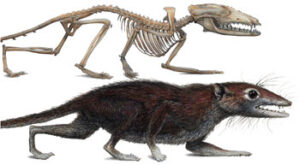 ar study of the mammal family tree, scientists now believe that many mammalian species (people included) originated with a tiny rat-like creature that crawled the Earth tens of millions of years ago.
ar study of the mammal family tree, scientists now believe that many mammalian species (people included) originated with a tiny rat-like creature that crawled the Earth tens of millions of years ago.
Fossils of the Protungulatum donnae look like the best ancestor 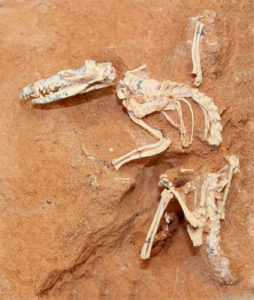 candidate for the mammal family tree extending back 66 million years, and preserved evidence revealed that the creature weighed around eight ounces, had a long fuzzy tail, and ate bugs. Maureen A. O’Leary, anatomist at Stony Brook University, says, “The findings were not a total surprise. But it’s an important discovery because it relies on lots of findings from fossils and molecular data.” [The New York Times]
candidate for the mammal family tree extending back 66 million years, and preserved evidence revealed that the creature weighed around eight ounces, had a long fuzzy tail, and ate bugs. Maureen A. O’Leary, anatomist at Stony Brook University, says, “The findings were not a total surprise. But it’s an important discovery because it relies on lots of findings from fossils and molecular data.” [The New York Times]
Researchers reported the animal had several anatomical charact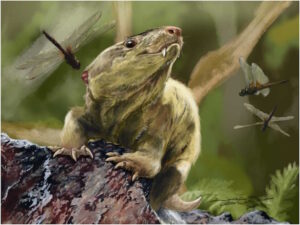 eristics for live births that occur in all placental mammals (creatures that
eristics for live births that occur in all placental mammals (creatures that
nourish their young in utero through a placenta) and led to some 5,400 living species, from shrews to elephants, bats to whales, cats to dogs and, not least, humans.
So now it all makes sense, why scientists rely on mice and rats when researching cures for human ailments or studying human behavior.
Their genetic, biological, and behavioral characteristics closely resemble those of humans, and many symptoms of human conditions can be replicated in mice and rats. “Rats and mice are mammals that share many processes with humans and are 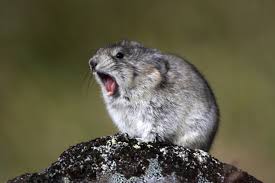 appropriate for use to answer many research questions,” said Jenny Haliski, a representative for the National Institutes of Health (NIH) Office of Laboratory Animal Welfare.
appropriate for use to answer many research questions,” said Jenny Haliski, a representative for the National Institutes of Health (NIH) Office of Laboratory Animal Welfare.
Some examples of human disorders and diseases for which mice and rats are used as models include:
Hypertension, Diabetes, Cataracts, Obesity, Seizures, Respiratory problems, Deafness, Parkinson’s disease, Alzheimer’s disease, Cancer, Cystic fibrosis, HIV and AIDs, Heart disease, Muscular dystrophy, Spinal cord injuries
Now you know why great-uncle Joe looks the way he does, why Aunt Mary is 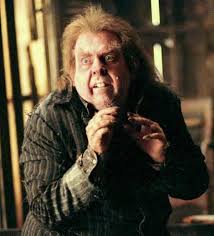 so mousey, and why cousin Billy Bob eats so much cheese.
so mousey, and why cousin Billy Bob eats so much cheese.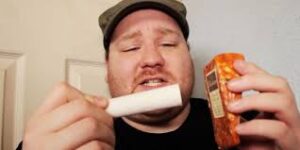
 800-901-1102
800-901-1102
0 Comments